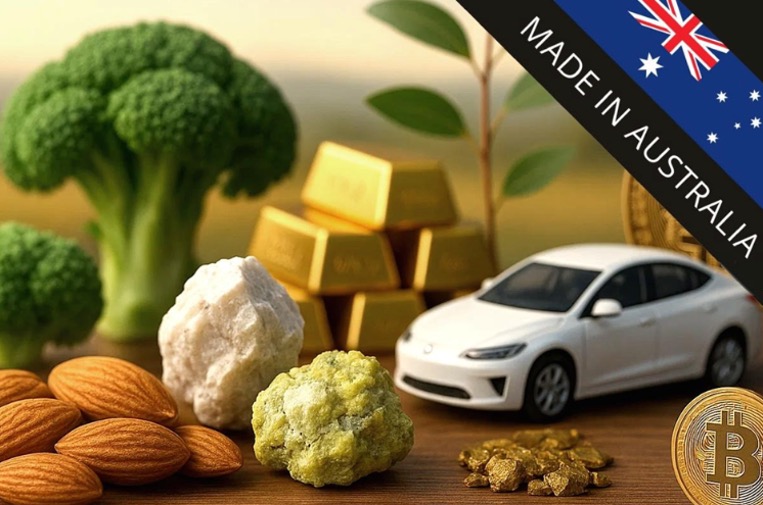
The green energy supply chain and export agriculture are expected to be the most rapidly expanding industries in Australia next year. Other industries expected to see double-digit revenue gains include organic farming, lithium mining, uranium mining, electric vehicle wholesaling, gold processing, and tree nut growing.
There is a lot of momentum in a small, very cyclical portion of the economy, yet headline estimates imply growth rates of about 15-30% throughout various sectors.
One of the most rapidly expanding financial industries is crypto. Bitcoin and other specialised platforms, such as BTC Hyper or CoinSpot, participate in digital asset exchanges that allow individual investors to gain exposure to these assets. According to third-party reviews, coins like BTC Hyper market themselves as a Bitcoin-focused layer-2 with aims to “fix” Bitcoin’s slow transaction speed and high fees. CoinSpot offers more than 530 tradable coins under AUSTRAC oversight, giving retail investors a straightforward on-ramp into digital assets. It’s a testament to the ease with which crypto has become ingrained in Australia’s risk-taking mentality.
In fact, more than half of the respondents from Generation Z and Millennials held digital assets. The percentage of adults in Australia owning crypto increased from 29% in 2024 to 31% in 2025.
Tree nuts and organics encapsulate the agriculture side’s strengths and weaknesses. When local availability is low, Australian almonds can be found in supermarkets in the Northern Hemisphere thanks to counter-seasonal production, which supports export demand. Almond exports in 2024 totalled approximately 121,000 metric tons (kernel-weight equivalent), according to the Australian Horticulture Statistics Handbook.
As a result of increasing orchards and yields, exports are projected to reach a record high of 143,000 tonnes in the marketing year 2025/26, according to a separate USDA FAS projection.
Australia is now a land-rich anomaly in the organic sector. More than 53 million hectares of certified organic farmland are estimated by the Australian Organic Market Report. This amounts to around 70% of the organic agricultural area globally and approximately 12-13% of Australia’s own arable land.
All of the items on the list that are related to mining are subject to the same worldwide cycles. Gold has clearly benefited from the uncertainty surrounding global politics and the economy. In March 2025, spot prices broke through the $3,000/oz mark and went on to surpass $3,100/oz. This left bullion up about 14% in 2025 after a roughly 27% rise in 2024 as central banks and investors flocked to safe-haven assets.
For miners in Australia who specialise in battery materials, the need for electric vehicles is still significant. Worldwide sales of electric vehicles surpassed 17 million units in 2024, making up over 20% of all new car sales. By 2025, the International Energy Agency predicts that sales will reach over 20 million units, or around one out of every four new vehicles sold globally.
After a brief surge in demand in 2022, prices for lithium and related minerals have subsequently plummeted. According to research from the Oxford Institute for Energy Studies, spodumene concentrate plunged around 90% from its 2022 highs, and spot prices for lithium chemicals fell approximately 80% by early 2024.
Miners from Argentina to Australia were forced to cease projects due to oversupply and slower-than-expected EV penetration. This caused lithium prices to fall more than 80% from their peaks in 2024-25.
As a last item on the list, uranium mining also reveals a great deal about reliance on outside forces. Geoscience Australia and the Minerals Council estimate that Australia is home to one-third of the world’s uranium reserves. The largest known uranium deposit is in South Australia’s Olympic Dam.